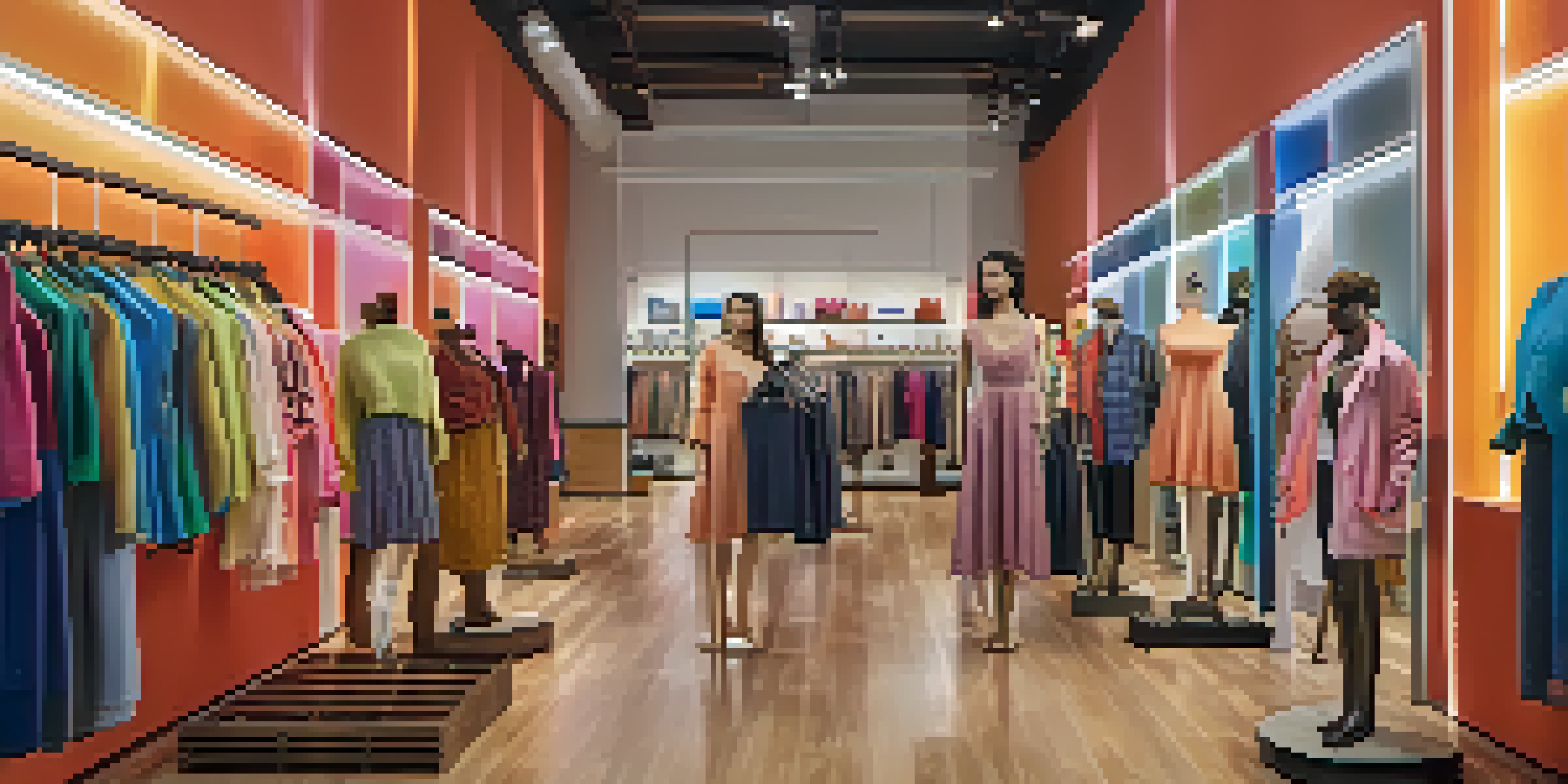Fashion Size Discrimination: Consumer Rights Explained

What is Fashion Size Discrimination?
Fashion size discrimination refers to the unfair treatment of consumers based on their body size or shape. Many individuals face challenges finding fashionable clothing in their size, which can lead to feelings of exclusion and frustration. This issue affects not only plus-size individuals but also those who fall outside the standard size range, demonstrating a widespread problem in the fashion industry.
The Impact of Size Discrimination on Consumers
Size discrimination can significantly impact consumers' self-esteem and body image. When people cannot find clothing that fits well or reflects their personal style, it can lead to feelings of inadequacy and isolation. Additionally, this discrimination can perpetuate harmful stereotypes and societal norms that dictate what is considered acceptable or attractive.
Understanding Size Discrimination
Fashion size discrimination involves unfair treatment of consumers based on body size, affecting both plus-size individuals and those outside standard size ranges.
Consumer Rights in the Face of Size Discrimination
Consumers have rights that protect them from discrimination, including those based on size. Laws like the Americans with Disabilities Act (ADA) and various anti-discrimination laws aim to ensure fair treatment in all public accommodations, including fashion retailers. Understanding these rights empowers consumers to stand up against size discrimination and advocate for themselves.
How to Identify Size Discrimination in Retail
Identifying size discrimination can sometimes be subtle but is often evident in a retailer's size range and marketing strategies. For instance, if a store only carries a limited selection of sizes or promotes a narrow body type in advertising, it may exclude a significant portion of potential customers. Consumers should look for brands that celebrate body diversity and offer inclusive sizing options.
Impact on Consumer Well-being
Size discrimination can harm self-esteem and body image, leading to feelings of inadequacy and perpetuating harmful societal norms.
Taking Action Against Size Discrimination
If you encounter size discrimination, there are steps you can take to address the issue. Consider voicing your concerns directly to the retailer, whether through customer service or social media. By sharing your experiences, you can raise awareness and encourage brands to adopt more inclusive practices.
The Role of Brands in Promoting Inclusivity
Brands play a crucial role in combating size discrimination by implementing inclusive sizing and diverse marketing strategies. Companies that prioritize body positivity and size inclusivity often build stronger connections with their consumers. As more brands recognize the importance of representation, the fashion industry can shift toward a more equitable future.
Advocacy for Inclusivity
Consumers can combat size discrimination by voicing concerns to brands, while organizations promote body positivity and support consumer rights.
Consumer Advocacy and Support Resources
Numerous organizations strive to promote body positivity and advocate for consumer rights regarding size discrimination. Groups like the National Association to Advance Fat Acceptance (NAAFA) provide resources, support, and information on how to fight against discrimination. Engaging with these communities can help consumers feel less alone and more empowered.
The Future of Fashion Size Inclusivity
The future of fashion is leaning toward inclusivity, with more consumers demanding options that cater to all body types. As awareness of size discrimination grows, brands are beginning to take notice and adapt their practices accordingly. By supporting inclusive brands and advocating for change, consumers can help shape a fashion industry that celebrates diversity.